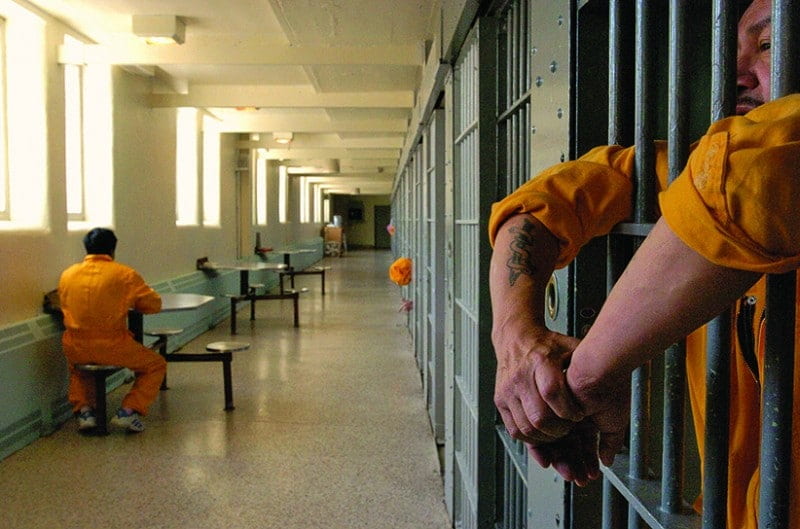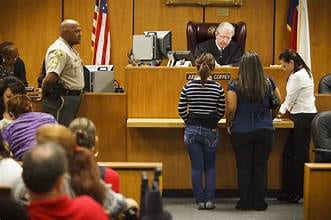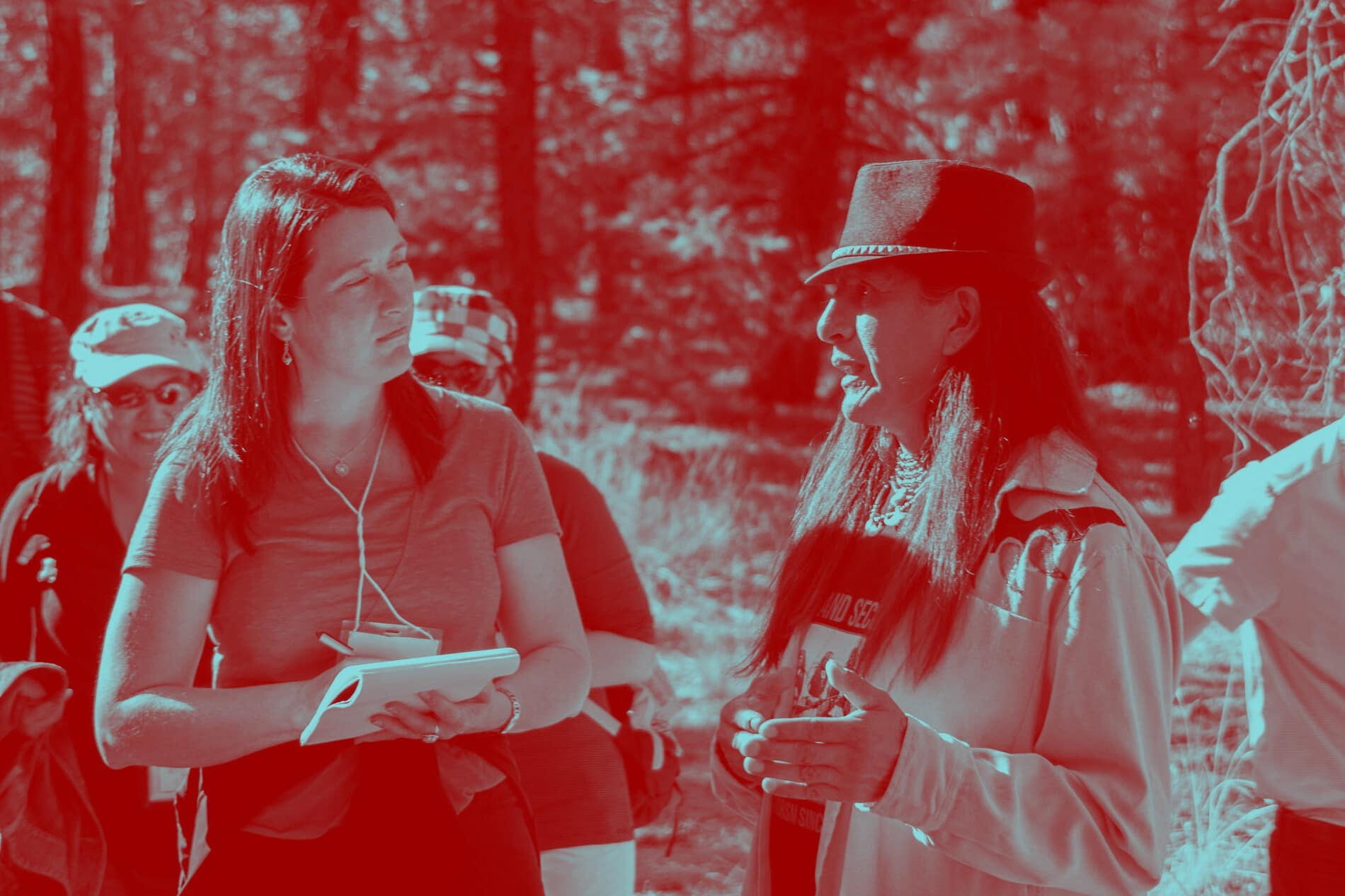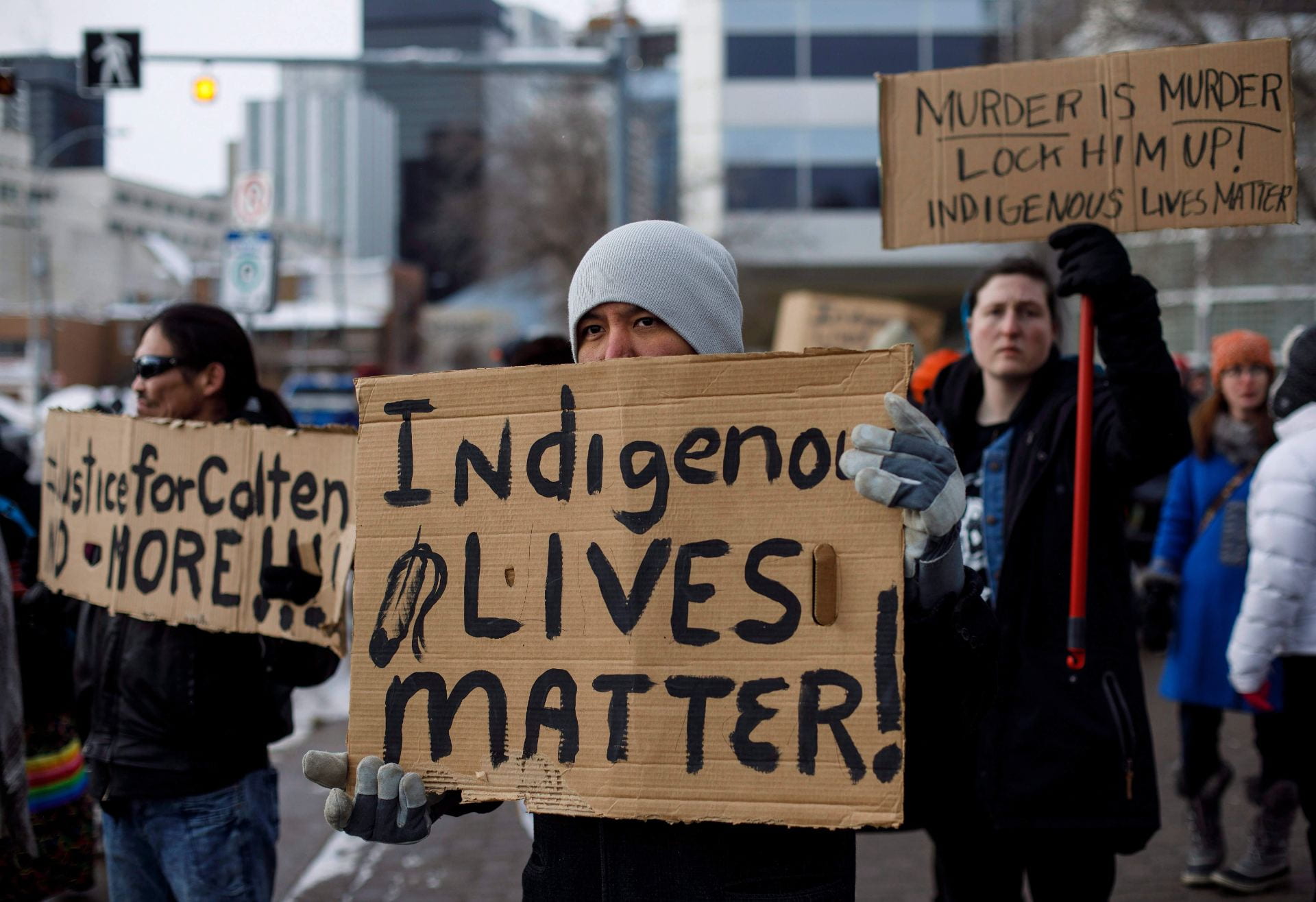by Eva Pechtl
To better understand the value of culturally centered practices in Indigenous justice, I encourage you to read my previous blog, “History of Limitations and Restorative Justice.” In this blog, I will be highlighting the resulting statistics on the overrepresentation of Indigenous people in prisons. Then, utilizing reports from several justice-oriented organizations, I will summarize how professionals from Indigenous communities conclude problems and solutions that need to be addressed to neutralize these disparities in the Indigenous criminal justice system.

Visualizing the Statistics
Indigenous people are overrepresented in the criminal justice system across several countries, including the United States, Canada, and Australia. Extensive research has been conducted by human rights organizations around the world, but collecting accurate data on Native populations in the United States has proven difficult. The visibility of crime has come a long way since the Not Invisible Act of 2019 was signed into law in 2020 to increase information sharing and track cases of the Missing and Murdered Indigenous People (MMIP) crisis. However, data on Indigenous populations is still flawed in some ways. According to the Prison Policy Initiative (PPI) and a report by the Safety and Justice Challenge (SJC), categorizing people by a single race can wrongfully categorize people who identify with more than one race. The data that does exist is inconsistently labeled, meaning it could refer to Native people as Indian, American Indian-Alaska Native, Latino, or other. The number of incarcerated Indigenous people depends on how they are counted, and this generally underreports and, therefore, overlooks Native people in the system.
According to the PPI, the data shows that Indigenous people are incarcerated in federal and state prisons at over four times the rate of white people. In the state prison systems of Alaska, South Dakota, Montana, North Dakota, Wyoming, and Utah, Indigenous people are highly overrepresented relative to the states’ Indigenous populations. The SJC report shows that in Montana, the Indigenous population is 7% but closer to 30% of the prison population. In South Dakota, Indigenous people convicted for aggravated assault received sentences 62% longer on average than any other racial group.
Jurisdiction’s Impact
Over-incarceration of Native Americans published by the SJC highlights complicated jurisdiction as a player toward overrepresentation. According to Indigenous experiences documented in the report, it is common for single crimes to be charged in more than one jurisdiction because of multiple police agencies patrolling reservation lands. Defendants may then face multiple charges with different requirements, which often results in punishment for failing to understand and/or follow those requirements. This is especially true for youth caught up in technical violations of probation or status offenses.
A document titled Juvenile Justice, created by the National Congress of American Indians, speaks to the challenges of Indigenous youth in the justice system. Native youth are more likely to be subjected to the federal system and to be tried as adults, especially for drug-related crimes, leaving them with longer and harsher sentences.

The federal system is not built for children, and sentencing often limits opportunities for diversion, parole, or services helpful in juvenile cases. Even if certain courts offer other options, youth are too often left with no support. Due to overlapping jurisdiction, professionals tend to assume that Indigenous youth will always be someone else’s responsibility. However, Tribal governments are often not informed when their youth interact with the state juvenile justice systems, and this prevents tribes from supporting reintegration and rehabilitation before, during, and after contact with the system.
On the other hand, when Native children experience a culturally rooted court system like those of tribal courts and jails, they can have a better chance of receiving constructive intervention and support. For example, the Cherokee Talking Circle integrates Keetoowah-Cherokee cultural values that target substance use among youth. According to the Juvenile Justice document, researchers found that non-cultural education programs were significantly less effective in reducing juvenile delinquency compared to CTC. The Choctaw culture includes the practice of Immannumpuli, where an uncle or tribal court employee will educate youth offenders about the Choctaw justice system and talk to them about their life choices. Increasing collaboration between federal and tribal justice agencies to encourage US Attorneys to deter offenders to tribal court would be extremely beneficial for Native youth.
Causes and Solutions
The criminal justice system ultimately reflects an overreliance on locking people up, specifically Indigenous people, rather than offering services to rehabilitate offenders. Data from the Bureau of Justice Statistics displayed that in Indigenous areas specifically, the creation of more jails resulted in a direct increase in incarceration rates instead of being a remedy for overcrowding. As expected, the jail expansion also led to longer stays for both pretrial detention and actual sentencing.
Especially in Indigenous communities, incarceration has harmful effects on health, as jails are not prepared to navigate chronic illnesses and are commonly dangerous environments. Incarceration is harmful to maintaining or finding employment, and this causes more poverty and debt among Indigenous individuals. Currently, because of high incarceration rates and a lack of restorative methods, many Indigenous people will be returning to their communities with significant challenges. Assisted reintegration is vital to the healing process needed after incarceration.
The SJC report recognizes the long history of forced confinement of Indigenous people as a contributor to systemic inequities faced today. In the past and still today, disparities in justice are falsely attributed to the characteristics of Indigenous people rather than the more real factors of complex jurisdiction, deficiency of representation in court, racism, or violence. This is why legal professionals must consider the historical context of Indigenous trauma when analyzing current inequities.
According to the SJC report, Tribal leaders have called for culturally relative alternative sentencing options that look to the roots of the crime problem. 15-16% of people in tribal jails were held for public intoxication or drug-related offenses, leading the Indian Law and Order Commission to state that drug abuse was a contributor to almost all crimes in Indian communities. Considering the serious financial and health effects of drugs, any efforts to prevent crime and recidivism would absolutely need to address substance use problems.
Cultural Humility

Finally, the SJC report recognizes cultural humility as a necessary factor in supporting Indigenous communities. Practicing cultural humility means acknowledging your own inability to be an expert in a different culture. The disparities in representation in the criminal justice system can improve if non-Indigenous criminal justice professionals seek to understand that there is a lot they are not aware of concerning Indigenous experiences.
Tribal agencies and activists across the United States have called for changes to be made, whether it is about legal jurisdiction, inadequate funding, or over-incarceration rates. Acknowledging the barriers that Indigenous communities and individuals face is a first step in creating cultural safety. Indigenous people are the best suited to handle justice and related problems facing their communities. It is time to listen to them.
What Can We Do?
To learn more about practices supporting native people, I encourage you to explore the lessons and solutions listed in the Over Incarceration of Native People. The document includes diverse proposals ranging from supporting Tribal Reentry programs, trauma-informed care, providing cultural mentoring, license restoration, victim assistance, housing, mental health services, and, most importantly, culturally relevant research and services. Juvenile Justice includes many evidence-based policy recommendations to change the status quo for Indigenous youth, helping them and their families to be better informed, tracked, assessed, represented, and treated. To find relevant services or contribute to their success, Tribal Justice also lists many resources and specified programs.

In this series, I have reiterated many of the issues at the tip of the iceberg, but to continue supporting Native people, we must be able to acknowledge our ignorance of the rest of the iceberg that is the Native experience. With cultural humility in mind, we can work to unveil injustice in the Indigenous Justice System.
